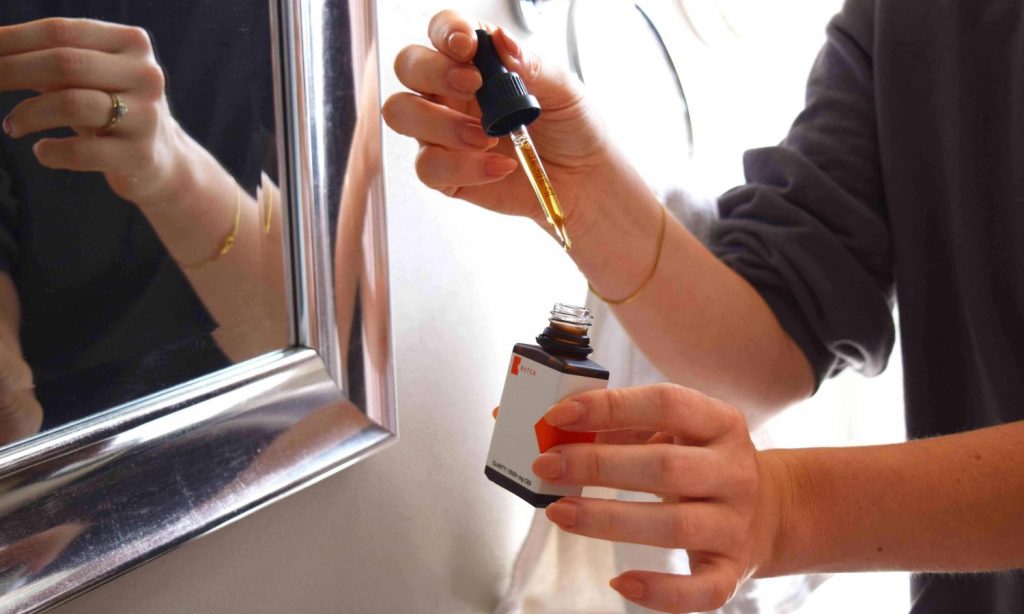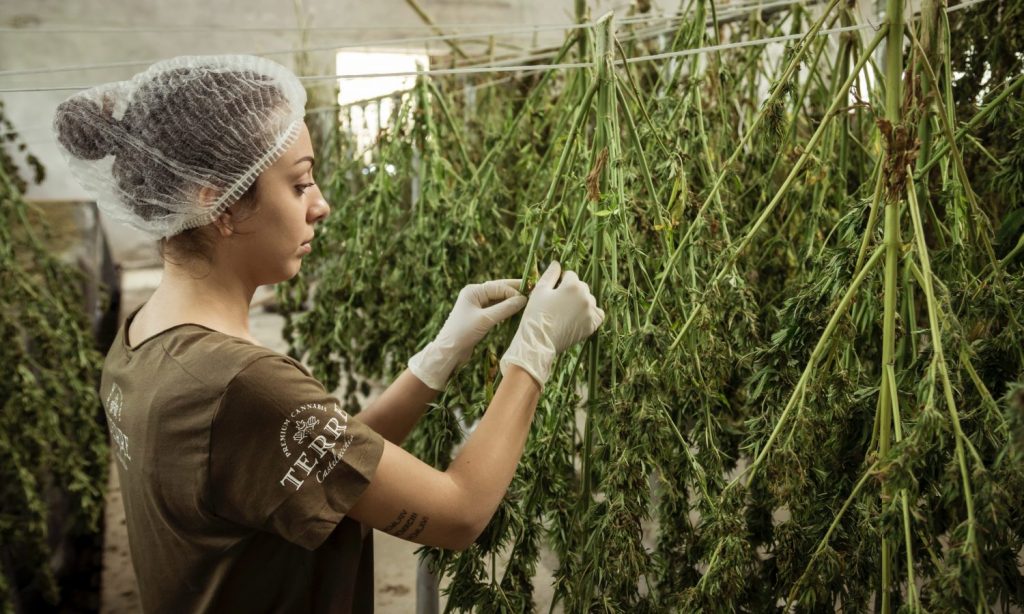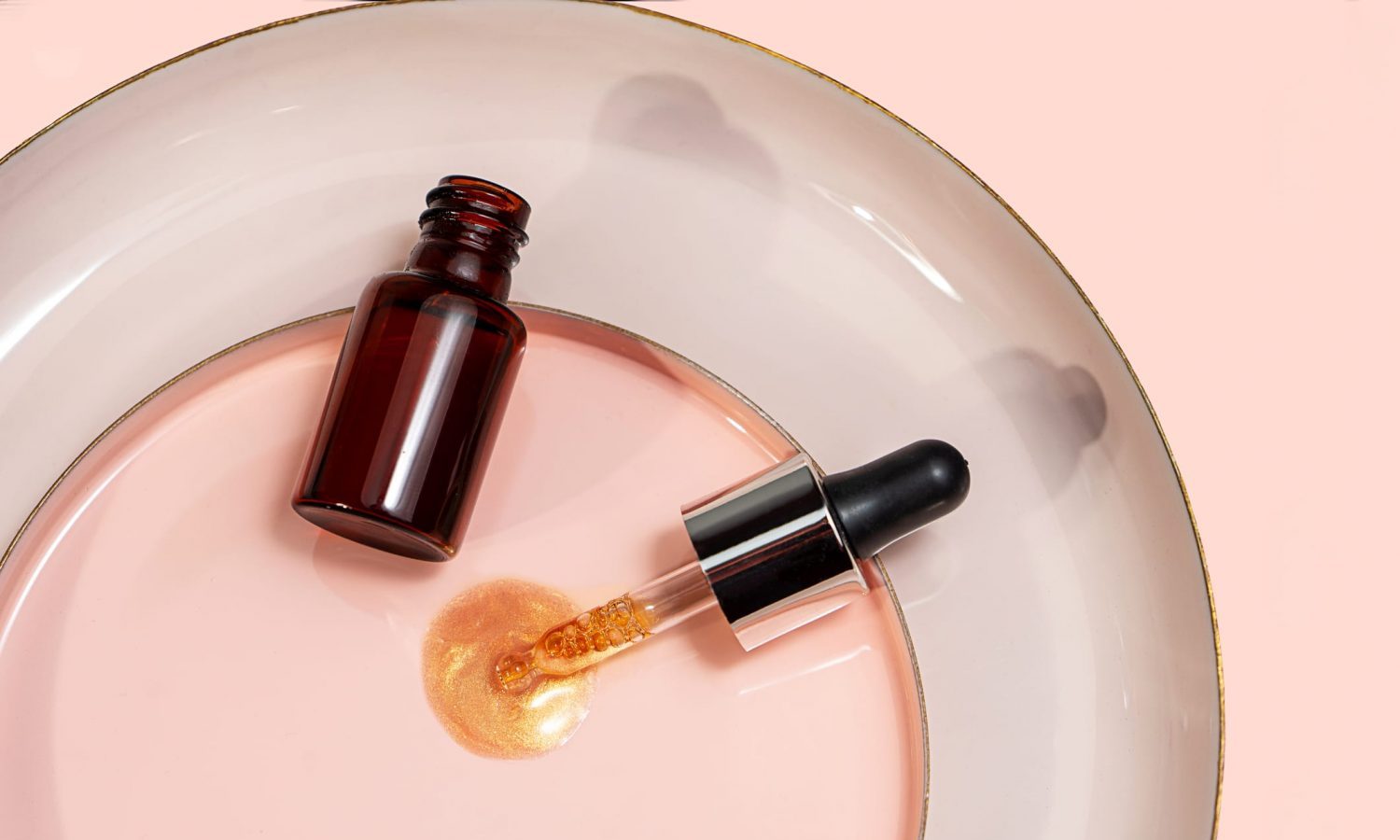The state is proposing one of the most comprehensive — if not the most comprehensive — regulatory framework released to date.
On October 27, the New York Department of Health (the “DOH”) released much anticipated proposed rules to regulate the processing, manufacturing, sale and marketing of cannabinoid hemp products in the state (the “Rules”).
In accordance with A08977, which Governor Andrew Cuomo enacted at the beginning of this year, the DOH was tasked with creating a program that will license both cannabinoid hemp processors and retailers and set quality control standards for these products.
While New York is one of many states that have expressly legalized the manufacture and sale of hemp-derived products these past few months, the state is proposing one of the most comprehensive – if not the most comprehensive – regulatory framework released to date. Moreover, many of the regulations found in the DOH’s proposed draft address regulatory issues of huge significance to the industry but that had not been discussed by other state regulators. Some of the most remarkable regulations are covered below.
Nomenclature
The Rules contain key terms and definitions that are rarely found in hemp state regulations.
Specifically, the Rules regulate Cannabinoid Hemp Product and define the term Cannabinoid to mean:
“any phytocannabinoid found in hemp, including but not limited to, Tetrahydrocannabinol (THC), tetrahydrocannabinolic acid (THCA), cannabidiol (CBD), cannabidiolic acid (CBDA), cannabinol (CBN), cannabigerol (CBG), cannabichromene (CBC), cannabicyclol (CBL), cannabivarin (CBV), tetrahydrocannabivarin (THCV), cannabidivarin (CBDV), cannabichromevarin (CBCV), cannabigerovarin (CBGV), cannabigerol monomethyl ether (CBGM), cannabielsoin (CBE), cannabicitran (CBT).”
The use of these terms shows that the DOH is cognizant of the need to regulate cannabinoids other than CBD, which have become increasingly popular but have yet to be expressly regulated by most states.

RELATED: Hemp: Marijuana Or Not Marijuana?
The Rules also expressly define terms that have become standard in the industry but that few regulators have included in their rules: Full Spectrum, Broad Spectrum, Distillate, and Isolate, which are defined as follows:
- Full spectrum means “a cannabinoid hemp product that is: (1) derived from a hemp extract; (2) contains cannabinoids, aromatics, essential vitamins and minerals, fatty acids, protein, chlorophyll, flavonoids, or terpenes; and (3) has not been reformulated or has not had cannabinoid isolates or distillates added to it.”
- Broad spectrum means “a concentrate extracted from hemp containing multiple cannabinoids, but where all Δ9-Tetrahydrocannabinol (THC) has been removed.”
- Distillate means “a concentrate where a segment of cannabinoids from an initial extraction are selectively concentrated through heating and cooling, with all impurities removed.”
- Isolate means “a concentrate that is more than 95 percent comprised of a single cannabinoid compound created by a chemical extraction process.”
By defining these commonly used terms, the DOH is helping manufacturers comply with labeling laws but is also providing consumers with the transparence they need to understand the content of these products.
THC Limits for Various Stages of the Supply Chain
Like most state regulations that authorize the manufacture, sale and marketing of hemp-derived products, the DOH requires that these finished products contain no more than 0.3% total THC. But what sets the Rules apart is that they also address the legality of hemp extract (i.e., intermediary hemp not intended for end use consumers) and hold that the possession and the intermediate sale of hemp extract by and between licensed cannabinoid hemp processors, is permitted, provided:
- when the extract leaves the licensed premises it is accompanied by (a) a certificate of analysis certifying that the extract contains less than 3% THC and (b) a copy of the cannabinoid hemp processor’s license; and
- the hemp extract is only transported intra-state.
The legality of intermediary hemp is particularly relevant in light of the U.S. Drug Enforcement Administration (the “DEA”)’s release of a rule in August that seems to unjustly criminalize the hemp material, which is part of the extraction process where THC levels almost always spike.
Specific Concentration Limits Per Serving and Per Product
The Rules also impose cannabinoid concentration limits. Specifically, the Rules provide that if the cannabinoid hemp product is a food or a beverage, it cannot contain more than 25 milligrams of cannabinoids; and if it is a dietary supplement, it cannot contain more than 3,000 milligrams per product.
RELATED: Congress Takes Issue With The (Awful) DEA Hemp Rule
The Rules also state that the cannabinoid hemp products cannot contain less than 90% or more than 110% of the concentration of total THC listed on the label. Note that the Rules mention that the DOH may impose total THC cap in milligram per serving and per package based on a product’s form, volume, number of servings and CBD to THC ratio.

Specific Regulations Imposed on Cannabinoid Hemp Products Intended for Inhalation
The Rules mandate that all inhalable cannabinoid hemp products, which exclude cigarettes, cigars and pre-rolls containing hemp flower, shall meet the following additional requirements:
- be a closed system with a pre-filled disposable cartridge that attaches to a rechargeable battery, or a single-use product that cannot be recharged;
- electronic vaporization devices shall have internal or external temperature controls to prevent combustion and have a heating element made of inert material such as glass, ceramic or stainless steel and not plastic or rubber;
- not be sold to persons under the age of 21;
- except for hemp-derived terpenes, excipients and ingredients must be pharmaceutical grade unless otherwise approved by the DOH, and shall not include:
- synthetic terpenes;
- polyethylene glycol (PEG);
- vitamin E acetate;
- medium chain triglycerides (MCT oil);
- medicinal compounds;
- illegal or controlled substances;
- artificial food coloring;
- benzoic acid;
- diketones; and
- any other compound or ingredient as determined by the DOH;
- not contain any flavors or flavoring agents, except for hemp-derived terpenes; and
- starting on June 1, 2021, include a DOH-approved symbol in a manner that is clear and conspicuous.
Labeling & Packaging Requirements
In addition to requirement the inclusion of labeling requirements that have become standard across states where the sale and marketing of these products is allowed, the Rules also require that labels include:
- the name of the state or country of origin for the hemp used in the cannabinoid hemp product; and
- means to report serious adverse events and/or side effects caused by the product.
In addition, hemp cannabinoid products sold in New York will have to be contained in temper-evident packaging that minimizes the oxygen and light exposure to prevent the degradation of the products and of the cannabinoids.
As this brief overview of the Rules reveals, the DOH’s proposed regulations could serve as a template for other states and even inspire the federal regulatory framework of these products. Stay tuned for updates.
is an attorney at Harris Bricken. This article was originally published on the Canna Law Blog and is reposted with permission.


